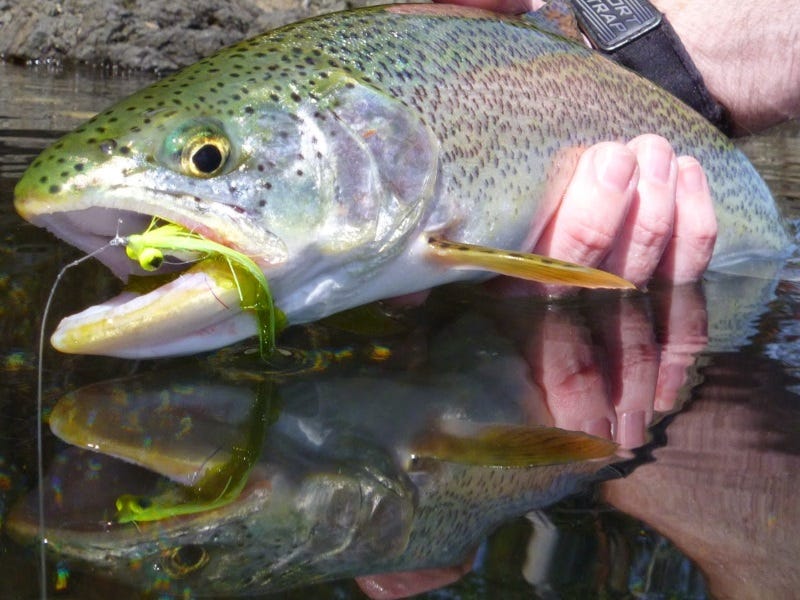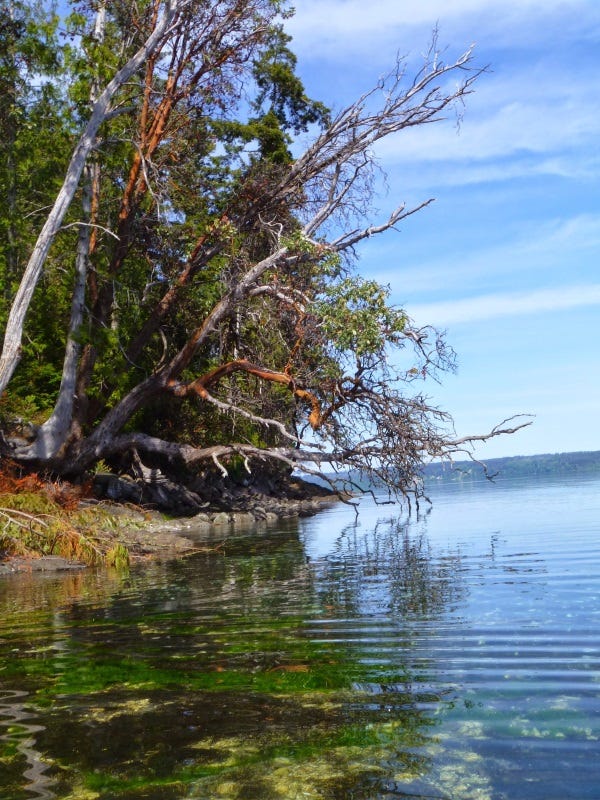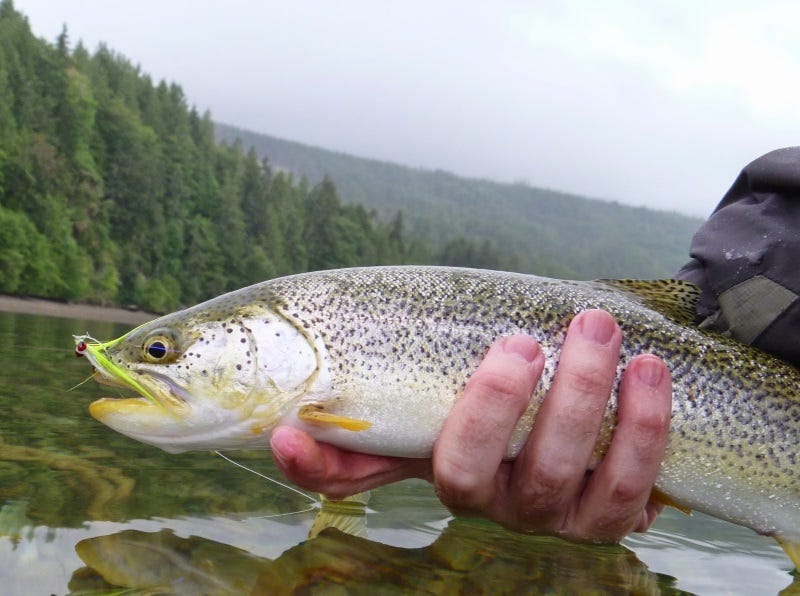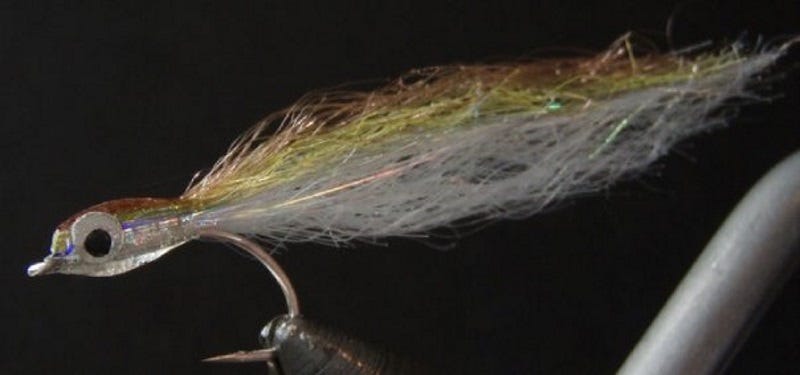Sea-Run Salvation: Catching Cutties in the Puget Sound

When I moved to Seattle from Maine in 2003, I was leaving an entire state that had just over a million people to a city with nearly half that amount. Culture shock and traffic definitely took its toll on me the first few months.
When I left Maine, I also left behind the saltwater fishing that I enjoyed so much. No longer was I able to hit the salt on an early morning tide before work, or so I thought. You can imagine my excitement when I discovered the sea-run cutthroat fishery after visiting one of the local fly shops.
Not only was I able to escape the city to a more serene setting, I was also able to fish where the tide often dictates your success.

Fly Fishing in Seattle: The Personalities & the Public Access
While living in Seattle, I was fortunate enough to meet people like Les Johnson, Mike Kinney and Dan Lemaich, who played a large part in deciphering the cutthroat fishery in Puget Sound. Under the tutelage of these gentleman, and a lot of trial and error, I was able to figure out the habits of these salty cutties.
While a boat or kayak is nice to have when fishing sea runs, it's certainly not necessary due to the ample public access throughout Puget Sound.
Check out our water craft options online here.
Look on any map and you'll find city and state parks to access miles of shoreline. You would think with over a million people in the area there'd be more fishing pressure for these emerald-backed trout, but you'll often have a whole stretch of shoreline to yourself.

Dealing with the Tide when Fishing Puget Sound
You can catch fish at any point of a tide, but I always like fishing two hours before and after low tide while on foot. In this four hour window, you'll have plenty of shoreline to explore without having to worry about getting your backcast caught in the trees.
Sea-Run Cutthroat are very similar to the striped bass that I fished for in Maine. Find the food source and you'll find cutthroat. Like their landlocked cousins, sea-run cutthroat tend not to be too selective when it comes to their next meal. Baitfish, invertebrates, and insects are all on the menu depending on the season.
We've got some patterns that will do the trick online here.

Spring Fishing the Sound: Feed Salmon Fries to the Cutties
Spring in Puget Sound signals the time when salmon fry exit their natal stream to begin their life in the salt. Just look on the map for any estuary and you'll likely find cutties slashing at these silvery snacks with reckless abandon!
That's why surface flies like Leland Miyawaki's Beach Popper (AKA: Neil Creek Slider from Umpqua) is such an effective pattern during the salmon fry migration. There's nothing quite like seeing a cutthroat boil on a surface fly to wake you up on a gray Seattle morning.
Other effective fly patterns include Bob Trigg's Chum Baby, Clouser Minnows, Half & Halfs, and other baitfish patterns in sizes 6-8.
You can see our streamer options online here.

Fly Fishing Tactics for Landing Sea-Run Cutthroat Trout
Fishing these flies is very straightforward. All you need is 6-8 wt. outfit with a floating or intermediate line, and a standard 9 foot leader tapered to 1X. You'll want to start your casts parallel to the shoreline and work your way out in a clockwise motion.
Sea runs are most commonly found in shallow water, so no need to wade much past your knees. When stripping the fly you'll want to vary your retrieve with short, erratic strips.
When you get a strike, keep stripping the fly with your rod tip near the water until your almost dragging the fish in. I can't tell you how many fish I've seen lost because of typical "trout sets" where the angler just raises the rod tip when they get a strike, thus pulling the fly away from an attacking cutthroat.
Even though I now live in Spokane, I always try to make a couple trips to the Sound every year to fish for sea-runs. If you ever find yourself traveling to the Seattle area, be sure to pack your fly fishing gear because this phenomenal fishery awaits just beyond the traffic jams of I-5!
If you have any questions, reach out to us using the form below and we will work to get back to you within 24-hours.
